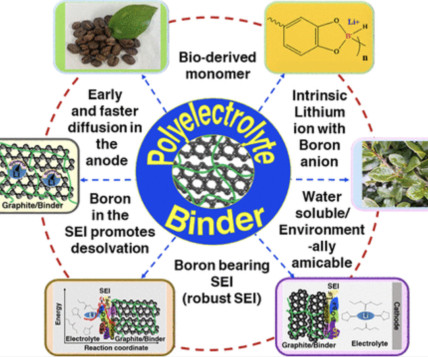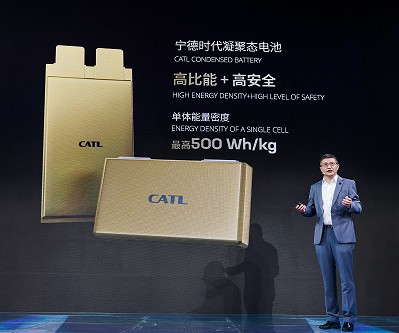PNNL: single-crystal nickel-rich cathode holds promise for next-generation Li-ion batteries
Green Car Congress
DECEMBER 11, 2020
High-energy nickel (Ni)–rich cathode will play a key role in advanced lithium (Li)–ion batteries, but it suffers from moisture sensitivity, side reactions, and gas generation. The gliding occurs as the battery charges and discharges—lithium ions depart and return to cathode, straining the crystal ever so slightly each time.










































Let's personalize your content